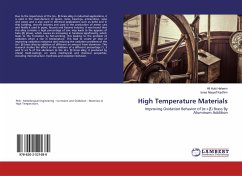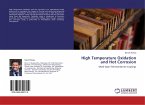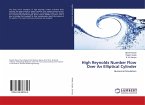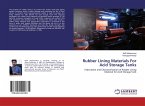Due to the importance of the (¿+ ¿) brass alloy in industrial applications, it is used in the manufacture of (gears, locks, bearings, ammunition, saws and valves and is also used in electrical applications such as bells) and in ship building, aircraft industry and used in the production of motor cars and finally it used in pipes, faucets and fixtures industry. It was found that this alloy contains a high percentage of zinc may leads to the appears of beta (¿) phase, which causes an increasing in hardness significantly, which leads to the formation by hot-working, this leading to the problem of oxidation when a rise in temperature. This lead to create an idea of improving oxidation resistance and reducing the oxidation problems of the (¿+ ¿) brass alloy by addition of different an amount from aluminum. This research studies the effect of the addition of a different percentage (1, 3 and 5) wt % of the aluminum to the (¿+ ¿) brass alloy, it produced by (metal mold-casting), on some mechanical and chemical properties, including microstructure, hardness and oxidation behavior.
Hinweis: Dieser Artikel kann nur an eine deutsche Lieferadresse ausgeliefert werden.
Hinweis: Dieser Artikel kann nur an eine deutsche Lieferadresse ausgeliefert werden.








